Home>Technology>Security & Surveillance>How To Lock A Screen Door
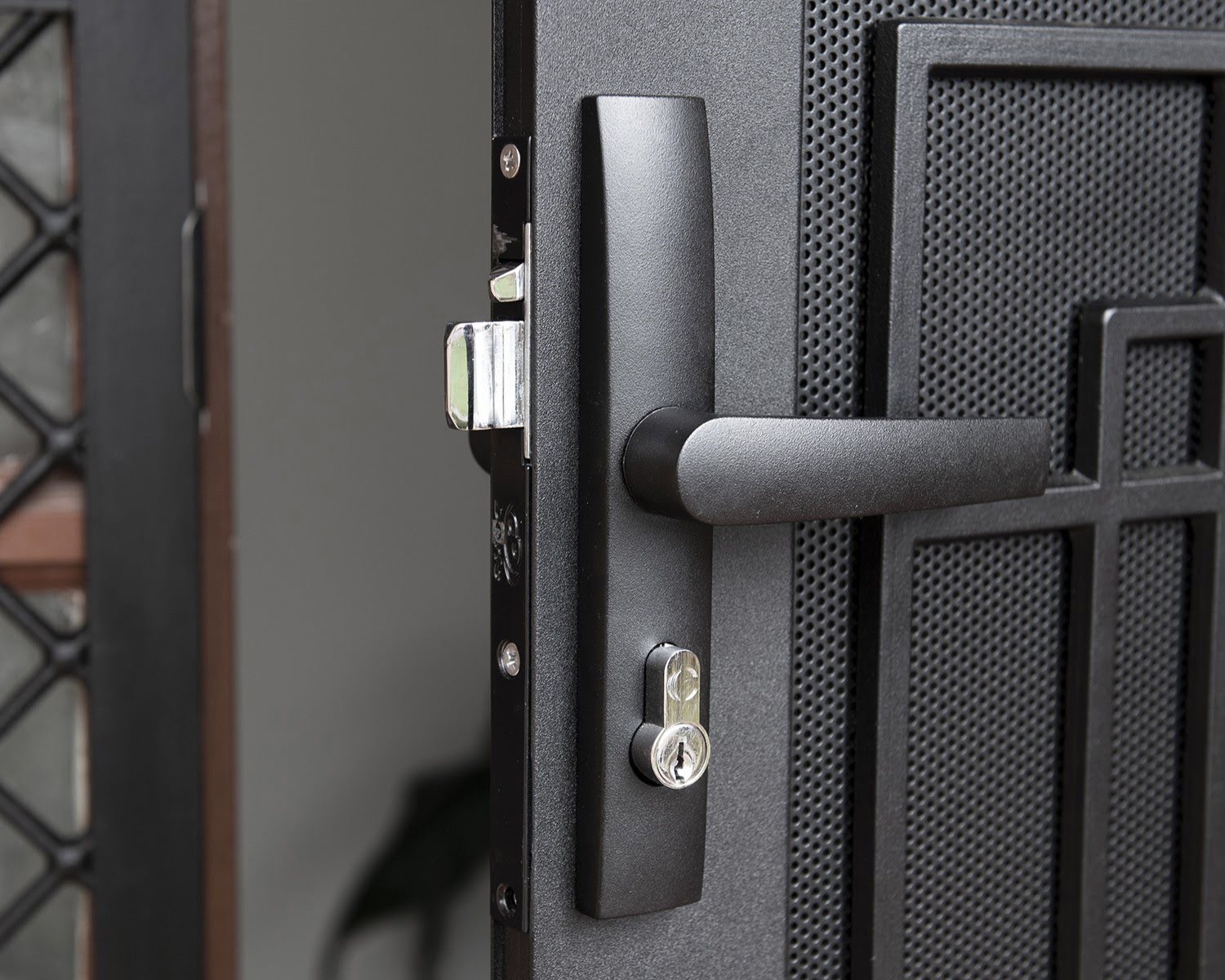

Security & Surveillance
How To Lock A Screen Door
Modified: January 5, 2024
Learn how to secure your home with our guide on how to lock a screen door. Enhance your security and surveillance with our expert tips and techniques.
(Many of the links in this article redirect to a specific reviewed product. Your purchase of these products through affiliate links helps to generate commission for Storables.com, at no extra cost. Learn more)
Introduction
Screen doors not only provide ventilation and natural light but also serve as a protective barrier against insects and other unwanted intruders. To ensure the security of your home, it's essential to equip your screen door with a reliable lock. A well-functioning screen door lock not only offers peace of mind but also enhances the overall safety of your property.
In this comprehensive guide, we will explore the various types of screen door locks, provide insights into choosing the right lock for your specific needs, offer step-by-step instructions for installing a screen door lock, and discuss essential maintenance tips to prolong the lifespan of your lock.
Join us as we delve into the world of screen door security, empowering you to make informed decisions about safeguarding your home and loved ones.
Key Takeaways:
- Choose the right screen door lock by considering security needs, door type, convenience, weather resistance, and aesthetic appeal. Make an informed decision to enhance both security and visual appeal.
- Maintain your screen door lock with regular cleaning, lubrication, inspection, weatherproofing, key maintenance, and professional servicing. Preserve its reliability and security for a safer home entryway.
Read more: How To Change A Screen Door Lock
Types of Screen Door Locks
When it comes to securing your screen door, there are several types of locks to consider, each offering unique features and benefits:
- Latch Locks: Commonly found on traditional screen doors, latch locks are operated from the inside by a simple lever or knob. They are convenient for quick access and are available in various designs to complement different door styles.
- Deadbolts: Offering enhanced security, deadbolts are sturdy and tamper-resistant. They require a key to lock and unlock, providing a high level of protection against forced entry.
- Sliding Bolt Locks: Ideal for sliding screen doors, these locks feature a bolt that slides into a keeper or strike plate, securing the door in place. They are easy to operate and offer reliable security.
- Magnetic Locks: Utilizing powerful magnets, these locks automatically engage when the door is closed, ensuring a secure closure without the need for manual locking. They are convenient and suitable for various screen door types.
- Keyed Locksets: Similar to traditional door locks, keyed locksets require a key to operate from both the inside and outside. They provide a high level of security and are available in a range of styles and finishes.
By understanding the characteristics and functionalities of these different screen door locks, you can make an informed decision based on your specific security requirements and personal preferences.
Choosing the Right Lock for Your Screen Door
When selecting a lock for your screen door, it’s crucial to consider various factors to ensure that it meets your security needs and aligns with the door’s design. Here are some essential considerations to guide you in choosing the right lock:
- Security Level: Assess the security level required for your location and property. If you prioritize maximum security, a deadbolt or keyed lockset may be the most suitable choice. For less vulnerable areas, latch locks or sliding bolt locks can provide adequate protection.
- Door Type: Consider the type of screen door you have, whether it’s hinged, sliding, or retractable. Different locks are designed to accommodate specific door configurations, so ensure that the chosen lock is compatible with your door style.
- Convenience: Evaluate the ease of use and convenience offered by the lock. For frequently used doors, a latch lock or magnetic lock that allows quick access without compromising security may be preferable.
- Weather Resistance: If your screen door is exposed to the elements, opt for a lock that is resistant to corrosion and weather damage. Stainless steel or rust-resistant materials are ideal for prolonged durability in outdoor environments.
- Aesthetic Appeal: Consider the visual impact of the lock on your door’s overall appearance. Choose a lock that complements the design and finish of your screen door, enhancing both its security and aesthetic appeal.
By carefully evaluating these factors, you can make an informed decision when selecting a screen door lock that not only provides reliable security but also integrates seamlessly with your door’s functionality and style.
Install a deadbolt or sliding bolt lock on the screen door to secure it. Make sure the lock is properly aligned and securely fastened to the door frame for maximum security.
Installing a Screen Door Lock
Installing a screen door lock is a manageable task that can be accomplished with basic tools and a systematic approach. Here’s a step-by-step guide to help you install a screen door lock effectively:
- Choose the Right Location: Determine the ideal placement for the lock on your screen door, considering both accessibility and security.
- Prepare the Door: Ensure that the door surface is clean and free of any obstructions that may hinder the installation process.
- Mark the Drill Points: Use a pencil to mark the drill points for the lock components, such as the latch, strike plate, or mounting screws, based on the lock’s instructions.
- Drill Pilot Holes: Carefully drill pilot holes at the marked points to facilitate the insertion of screws and prevent the wood from splitting.
- Install the Lock Components: Following the manufacturer’s guidelines, attach the lock components to the door using the provided screws and hardware.
- Test the Operation: Once the lock is installed, test its operation to ensure that it functions smoothly and securely. Make any necessary adjustments to achieve the desired fit and functionality.
- Secure the Strike Plate: If applicable, install and secure the strike plate on the door frame to ensure proper alignment with the lock mechanism.
- Complete the Finishing Touches: Once the lock is installed and tested, make any final adjustments and ensure that all components are securely fastened and aligned.
By following these steps and referencing the specific instructions provided with your chosen lock, you can effectively install a screen door lock to enhance the security and functionality of your screen door.
Maintaining Your Screen Door Lock
Regular maintenance is essential to ensure the optimal performance and longevity of your screen door lock. By implementing simple upkeep practices, you can preserve the functionality and security of the lock over time. Here are key maintenance tips to consider:
- Regular Cleaning: Keep the lock and its components clean and free of dust, dirt, and debris. Use a soft, damp cloth to wipe the surfaces and remove any buildup that may affect the lock’s operation.
- Lubrication: Apply a small amount of lubricant, such as silicone-based or graphite lubricant, to the moving parts of the lock, including the latch, bolts, and hinges. This minimizes friction and promotes smooth operation.
- Inspection: Periodically inspect the lock for signs of wear, corrosion, or damage. Check the alignment of the components and address any loose screws or misalignments promptly to prevent further issues.
- Weatherproofing: If your screen door is exposed to harsh weather conditions, consider applying a weatherproof sealant or coating to the lock and surrounding areas to protect against moisture and corrosion.
- Key Maintenance: For keyed locksets, routinely clean and lubricate the keyway to ensure that keys can be inserted and turned smoothly without resistance.
- Professional Servicing: If you encounter persistent issues or notice significant wear, consider seeking professional servicing to address any underlying issues and ensure the continued functionality of the lock.
By incorporating these maintenance practices into your regular home care routine, you can uphold the reliability and security of your screen door lock, contributing to a safer and more efficient entryway for your home.
Read more: How To Pick A Screen Door Lock
Conclusion
Securing your home with a well-chosen and properly maintained screen door lock is a fundamental aspect of home security and convenience. By understanding the various types of locks available, considering your specific needs, and following proper installation and maintenance practices, you can ensure that your screen door provides both security and ease of use.
Whether you opt for a traditional latch lock, a robust deadbolt, or a convenient magnetic lock, the key is to select a lock that aligns with your security requirements, complements your door’s design, and offers reliable performance. Additionally, investing time in routine maintenance and care will help extend the lifespan of your lock and sustain its effectiveness over the long term.
Ultimately, a well-secured screen door not only enhances the safety of your home but also contributes to the overall comfort and functionality of your living space. By taking proactive steps to choose, install, and maintain a suitable screen door lock, you can enjoy peace of mind while welcoming fresh air and natural light into your home.
As you embark on the journey of enhancing your home’s security, may this guide serve as a valuable resource, empowering you to make informed decisions and take proactive measures to safeguard your cherished abode.
Frequently Asked Questions about How To Lock A Screen Door
Was this page helpful?
At Storables.com, we guarantee accurate and reliable information. Our content, validated by Expert Board Contributors, is crafted following stringent Editorial Policies. We're committed to providing you with well-researched, expert-backed insights for all your informational needs.
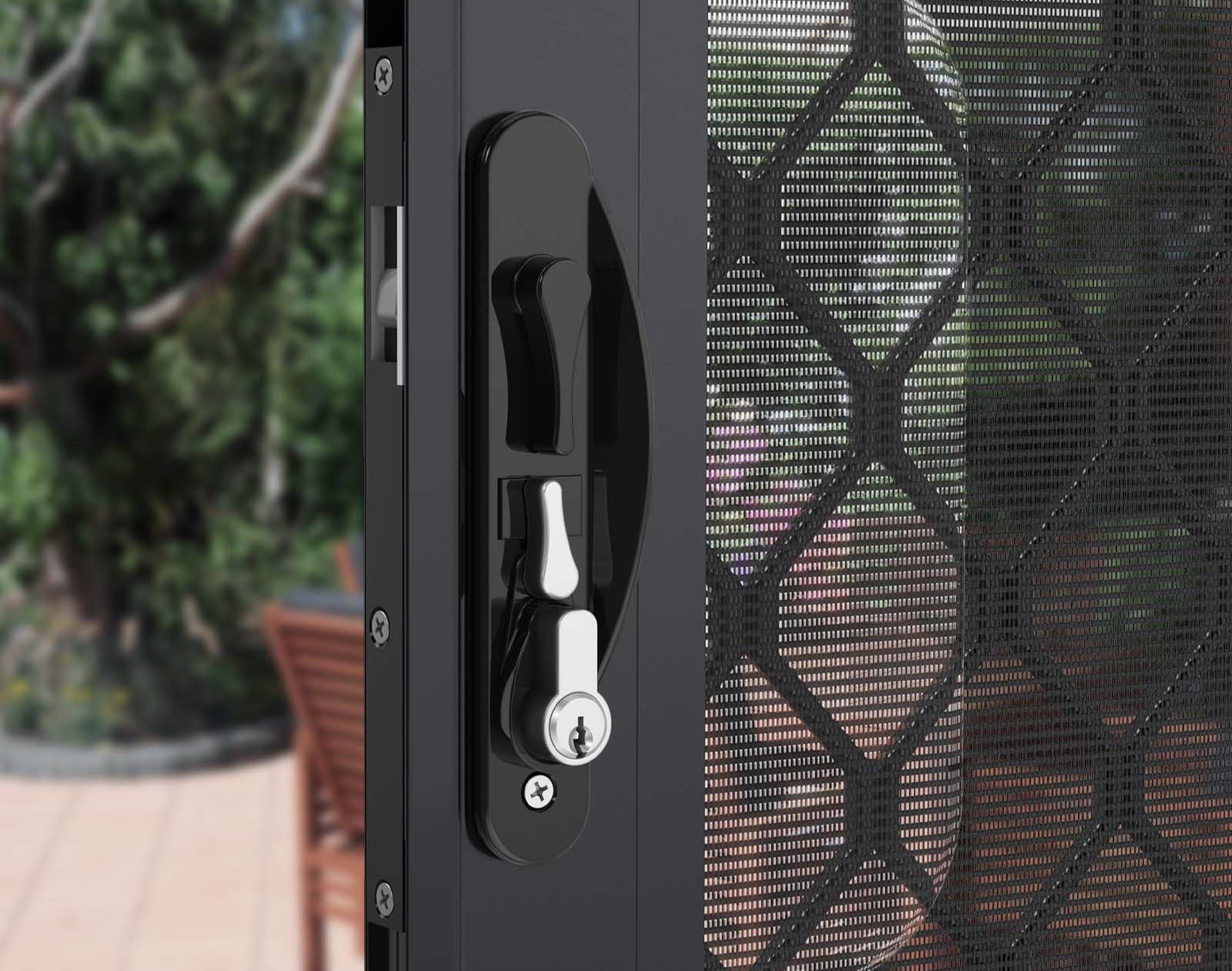
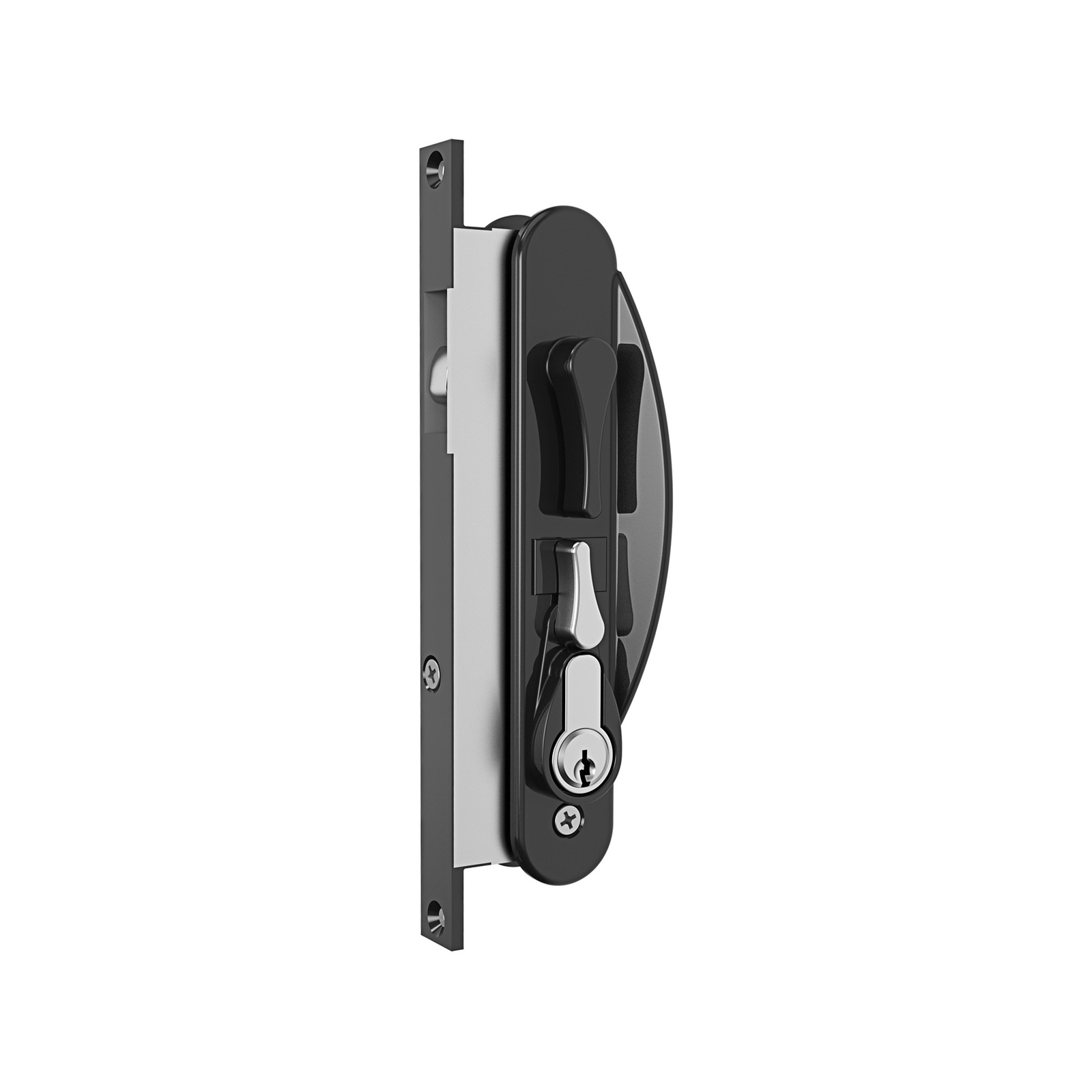
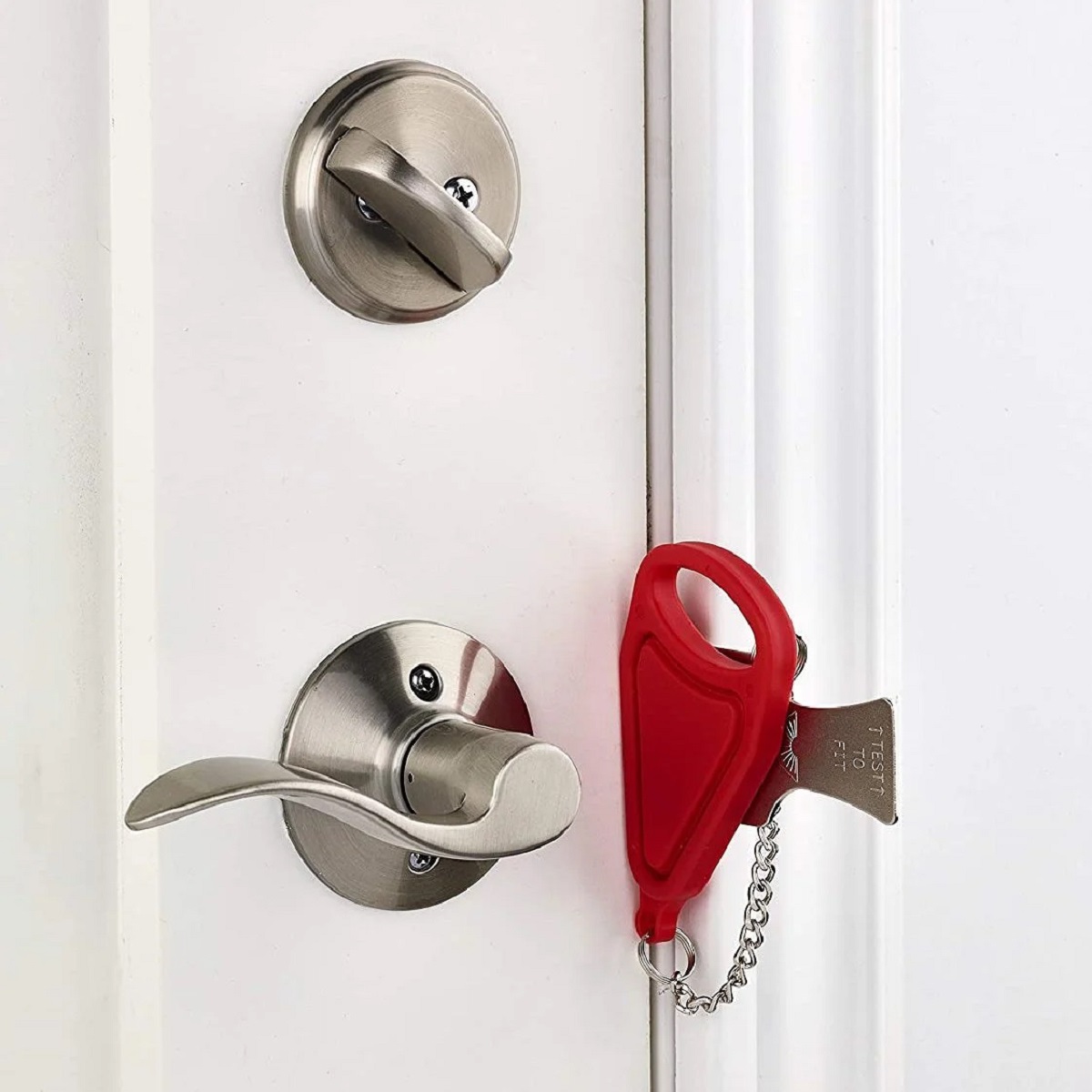
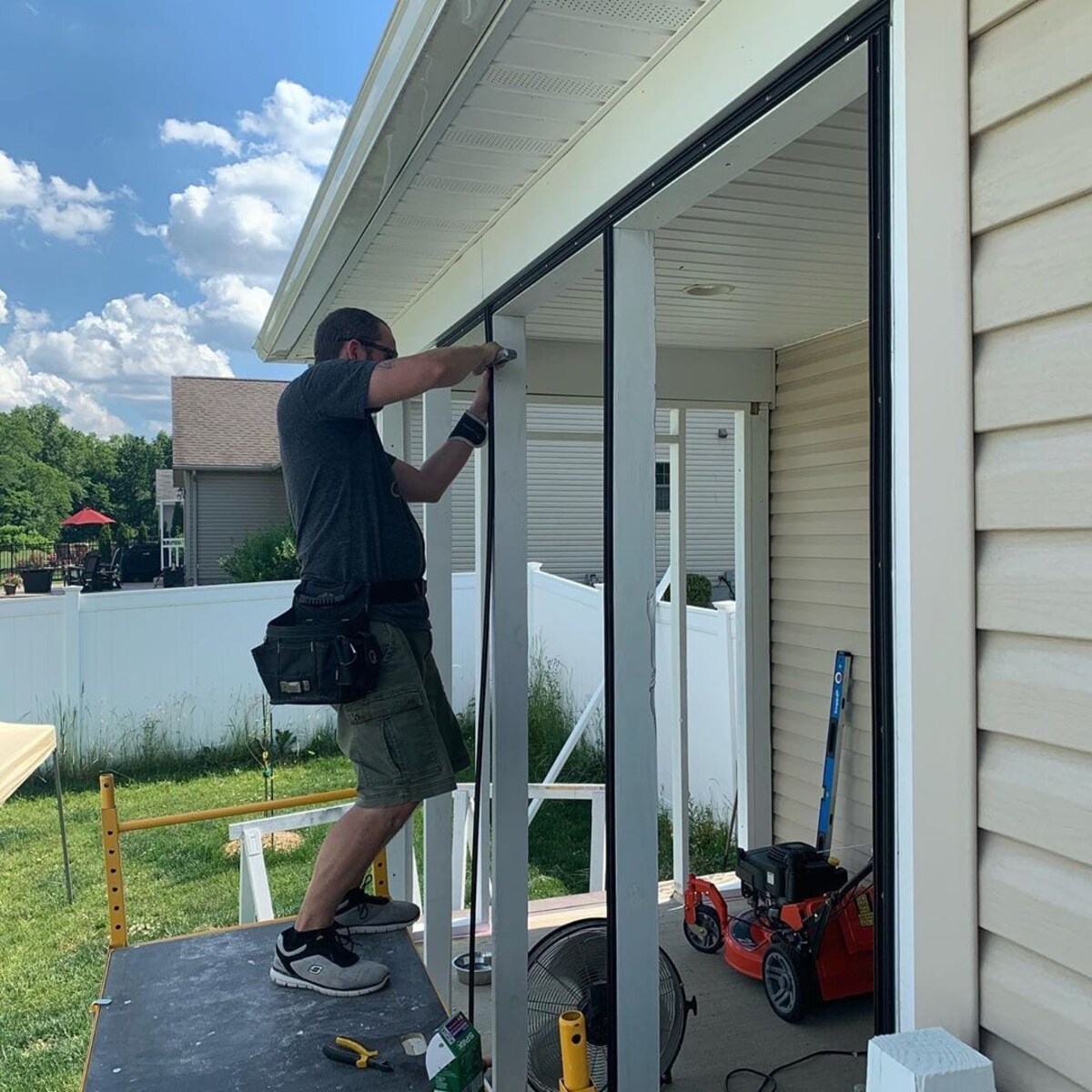
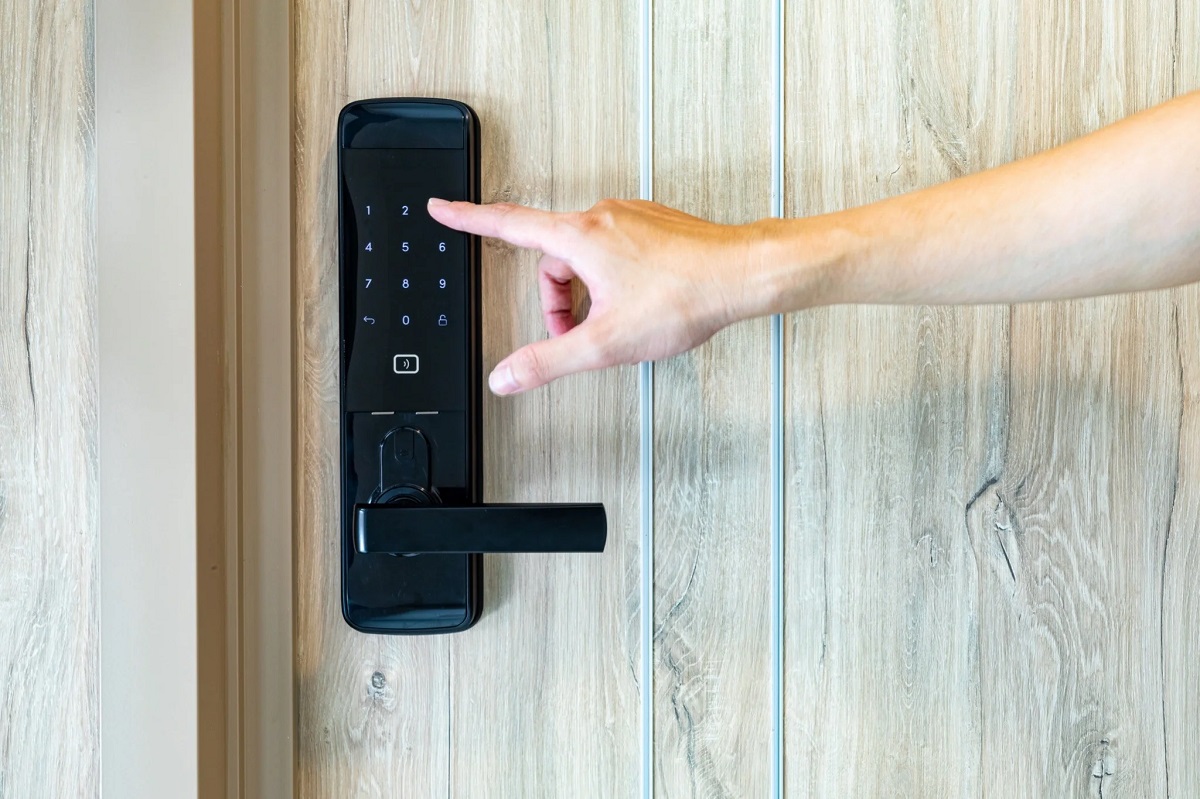
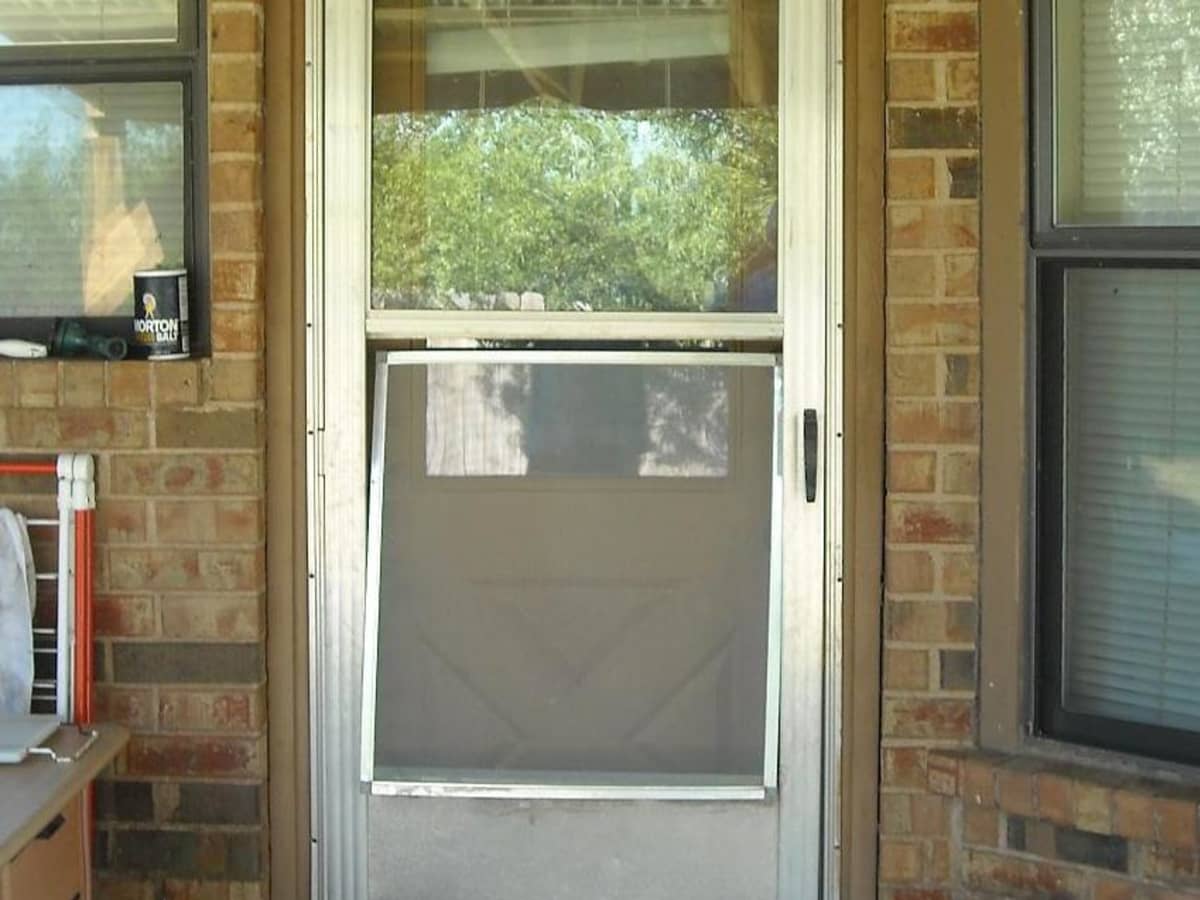
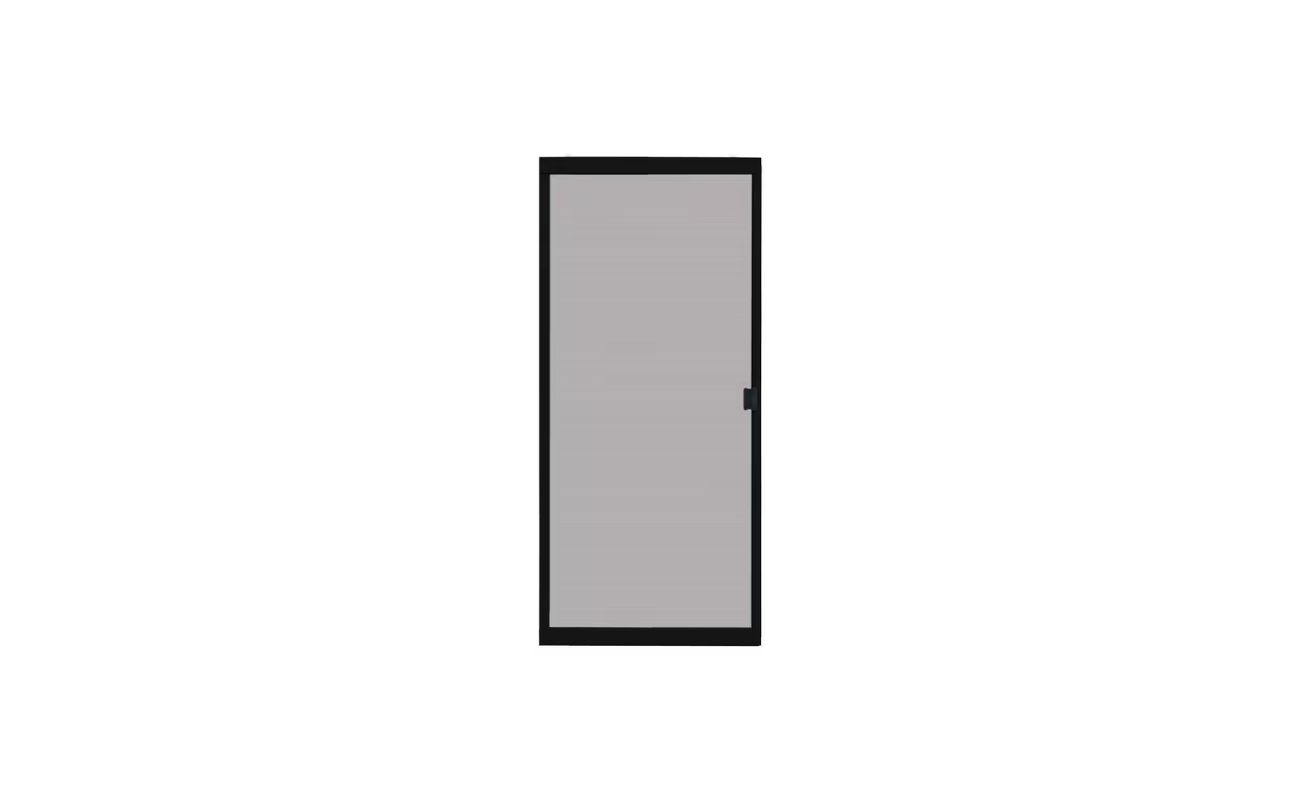
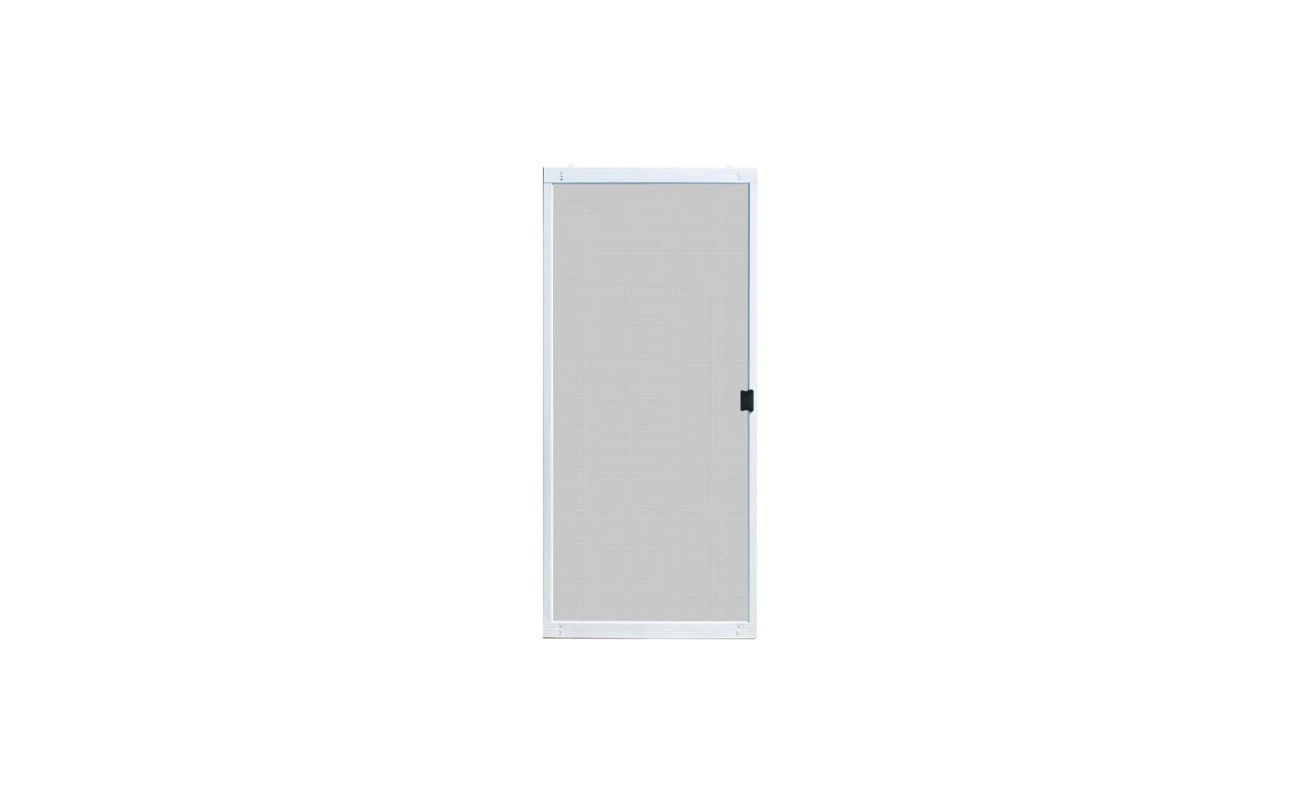
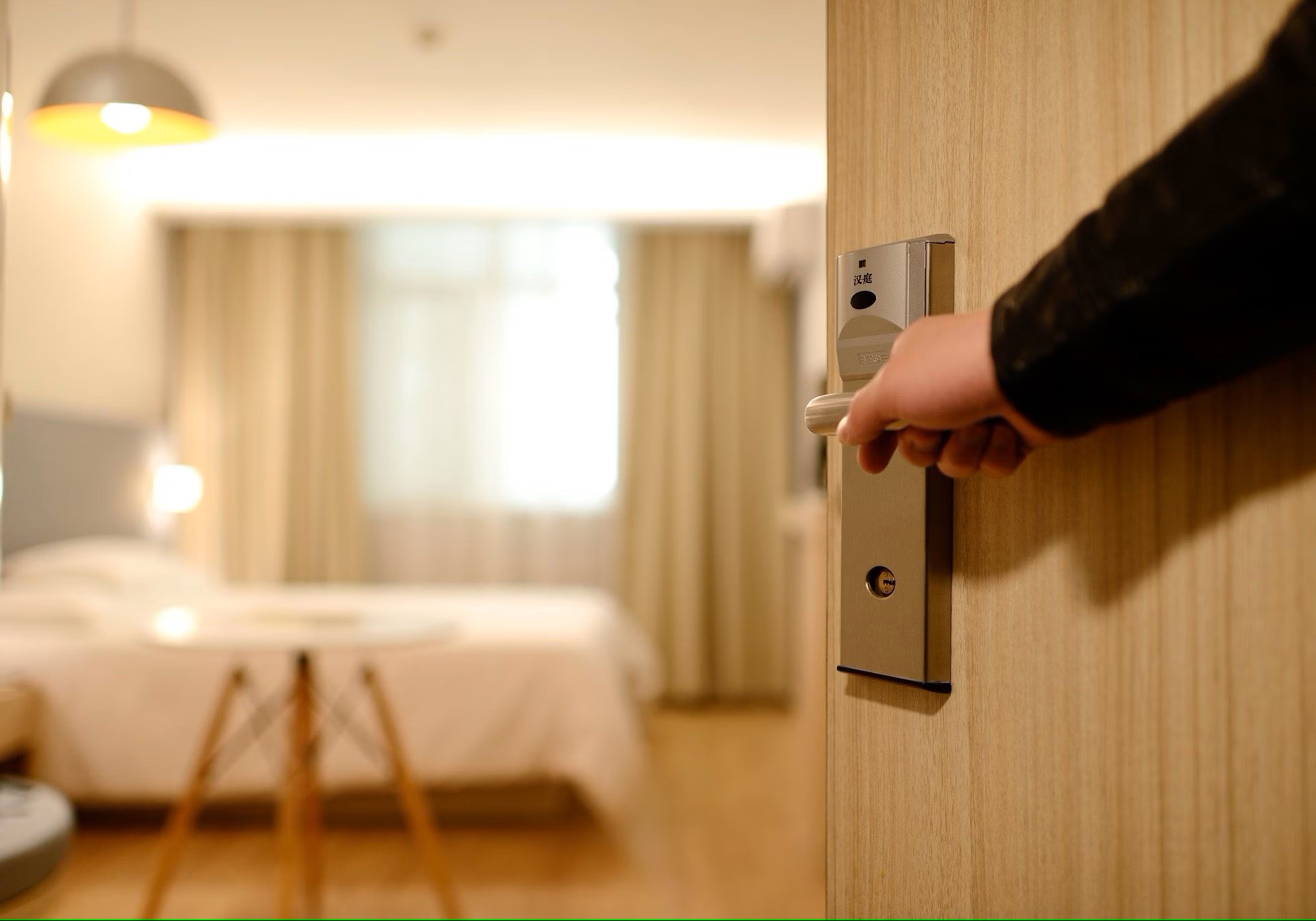
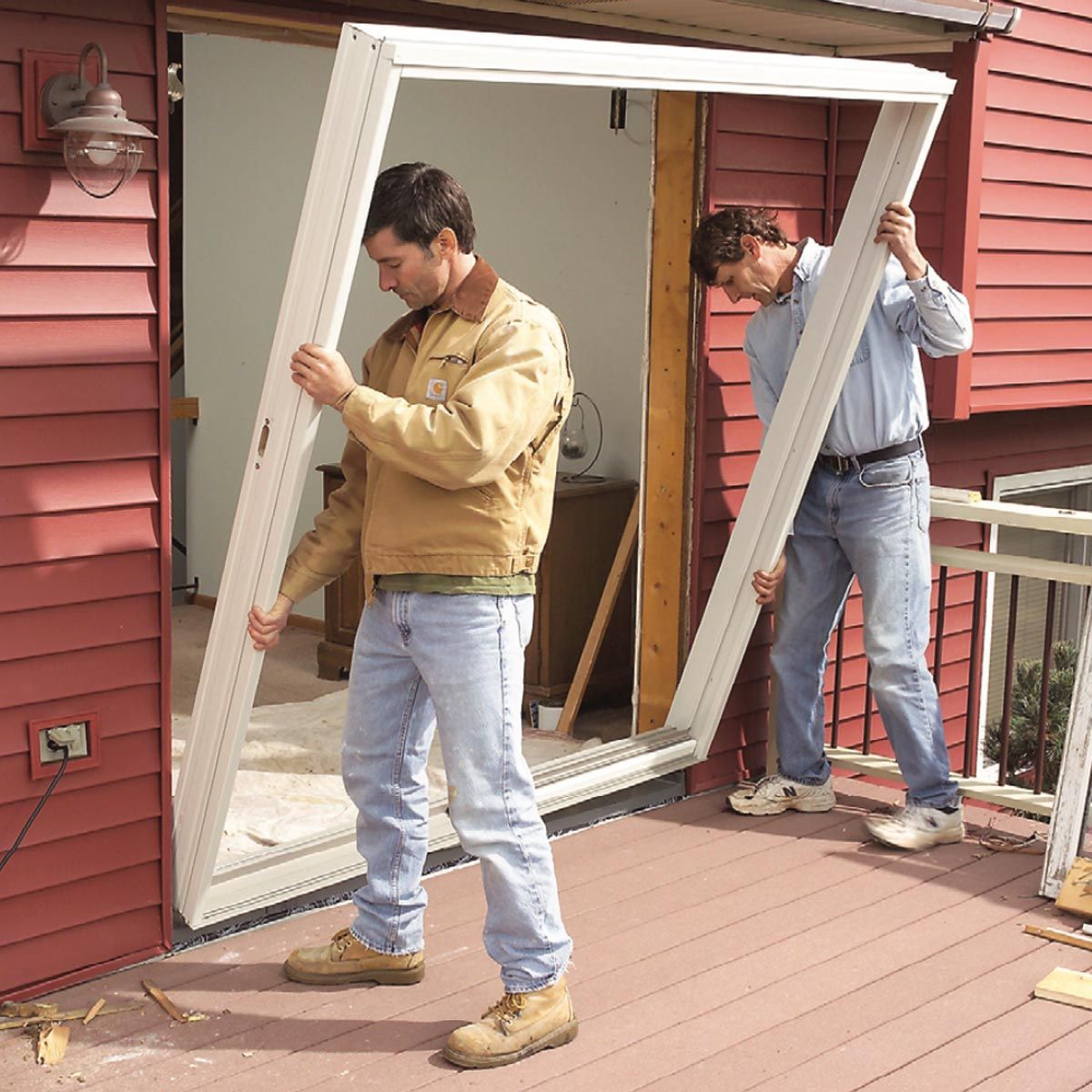
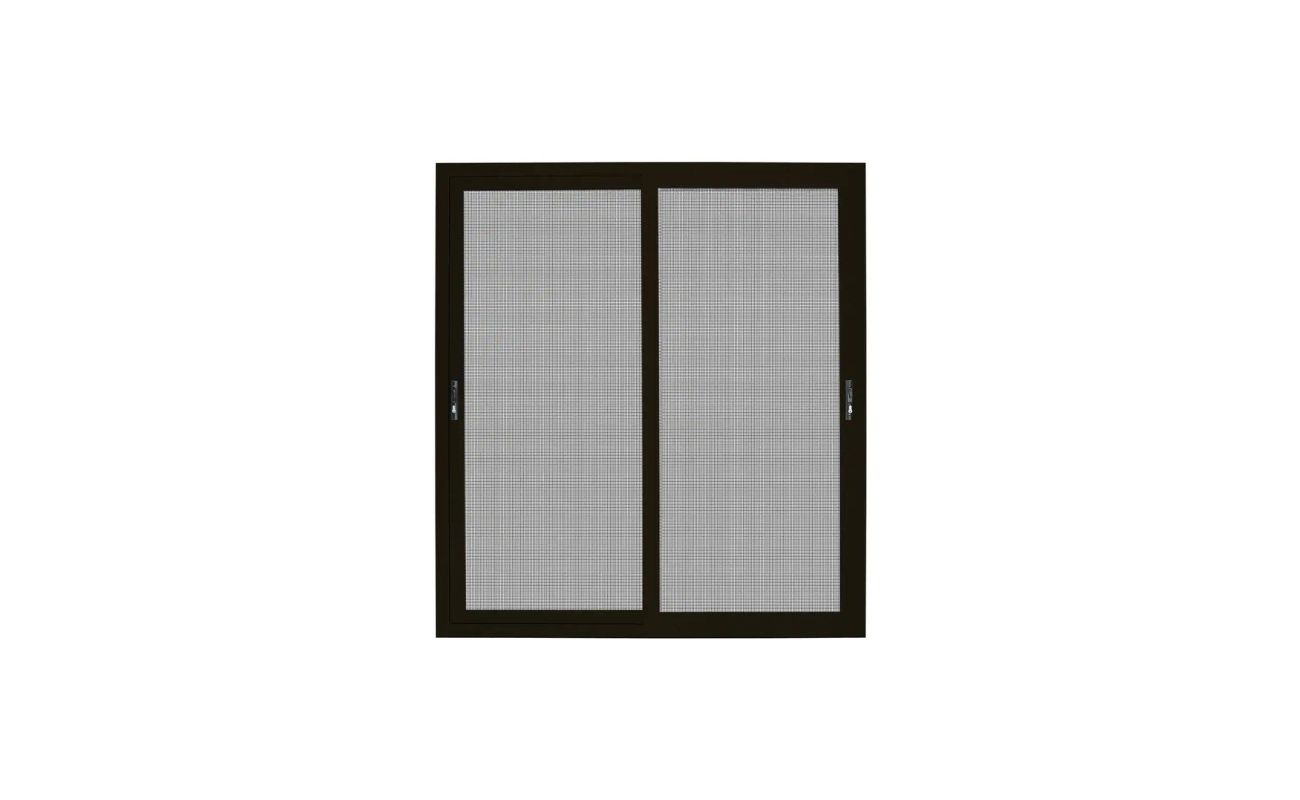
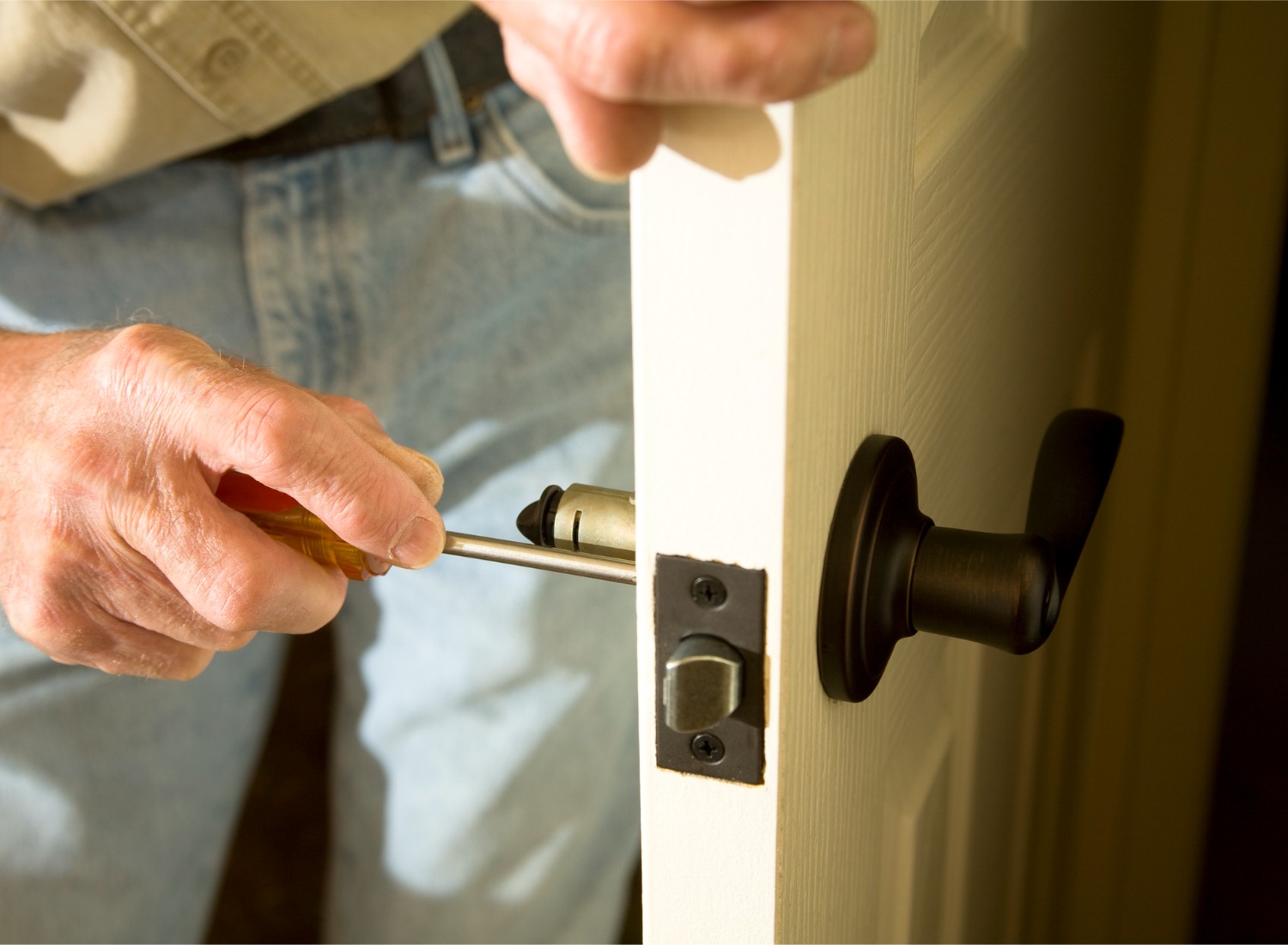
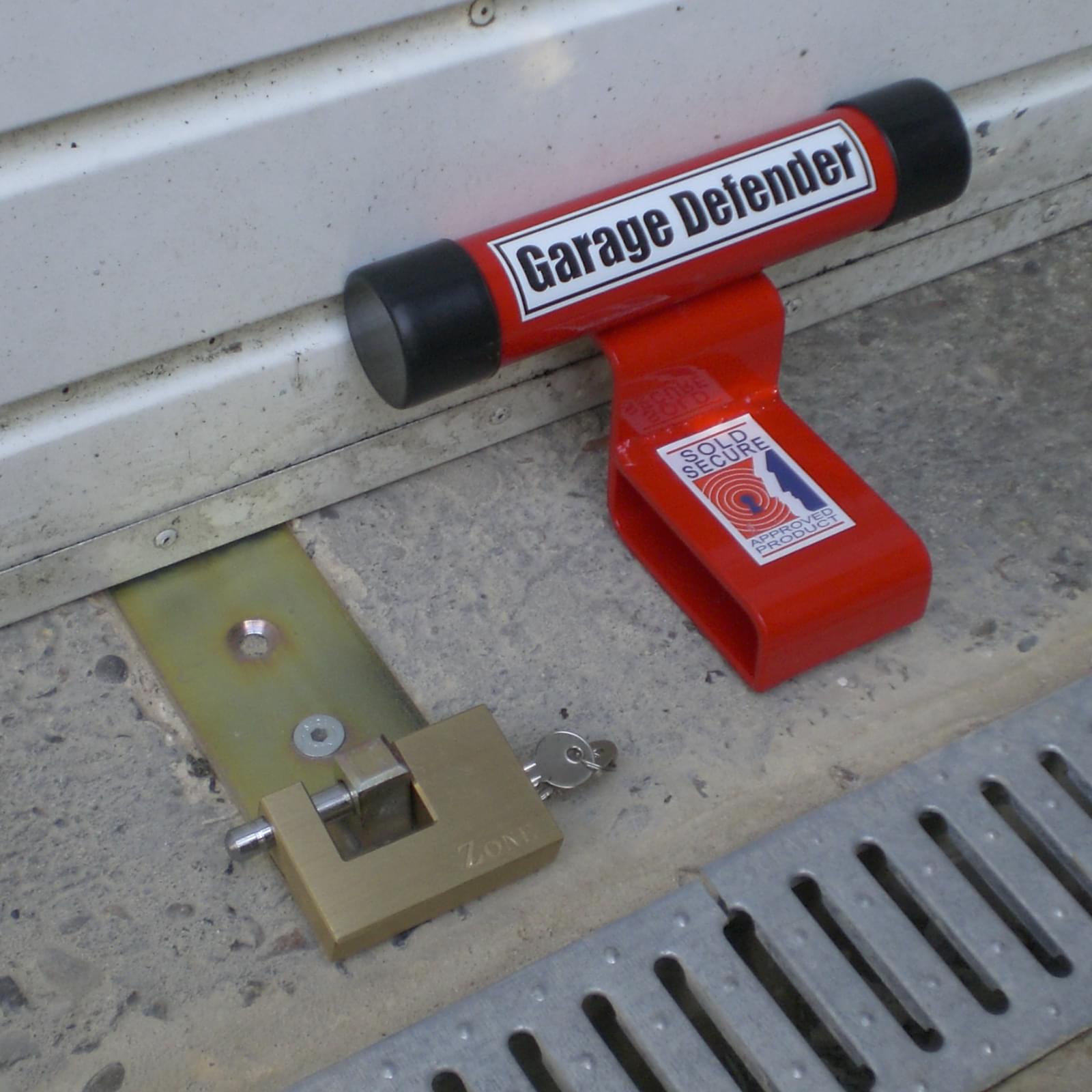
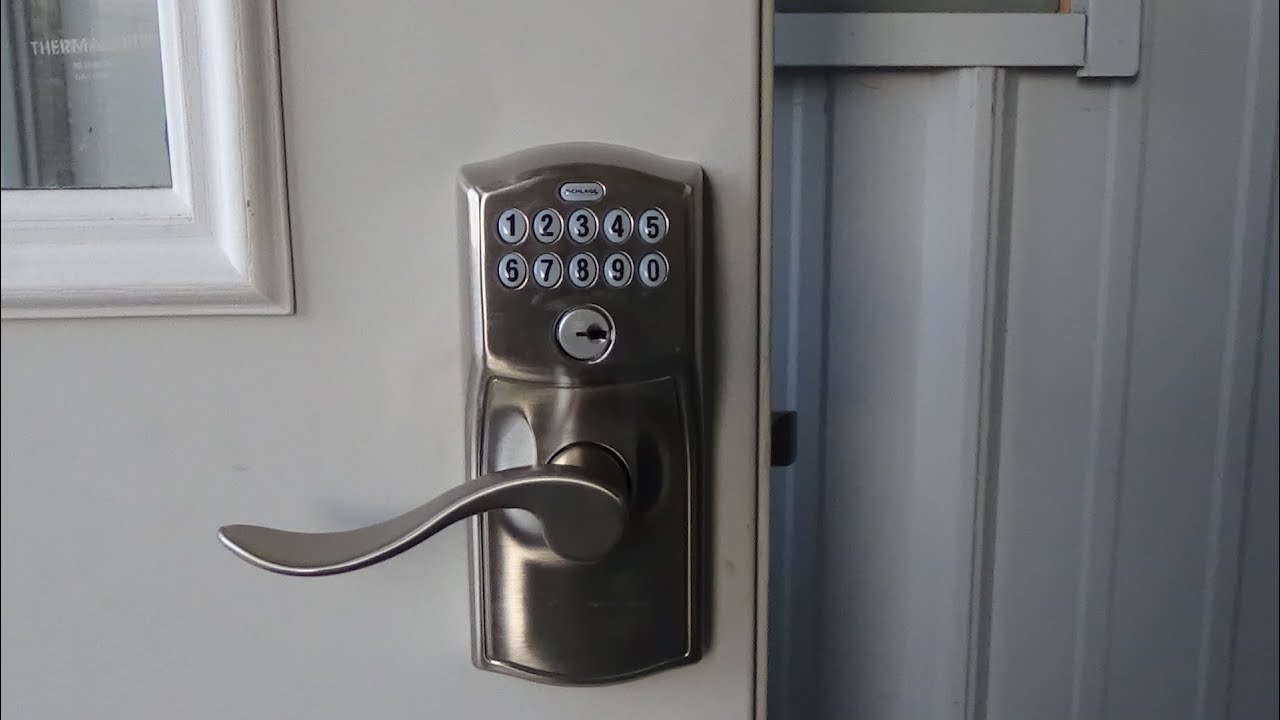

0 thoughts on “How To Lock A Screen Door”